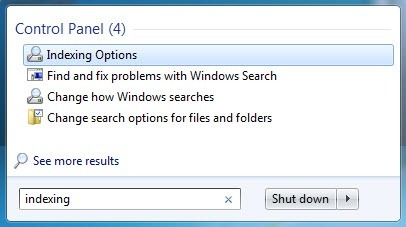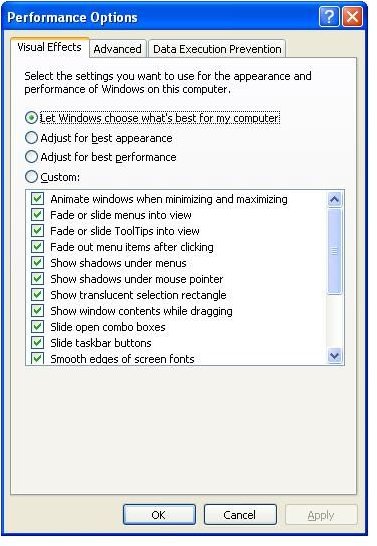

With Files On-Demand enabled, double-clicking the PowerPoint issues a command to the cloud to dynamically download the file. The document loads quickly because it is already on your computer. Without Files On-Demand, you simply double-click the file and away you go. Your hard drive stores 10 MB less - great.īut the downside of Files On-Demand becomes evident when you need to use the file. With Files On-Demand, OneDrive will “know about” the file but will not automatically transfer it.

Without Files On-Demand, that document will be automatically copied to your computer, immediately consuming 10 MB on your hard drive.

For example, let’s say you have a 10 MB PowerPoint presentation in the cloud. Files On-Demand trades space for speed of access.


 0 kommentar(er)
0 kommentar(er)
